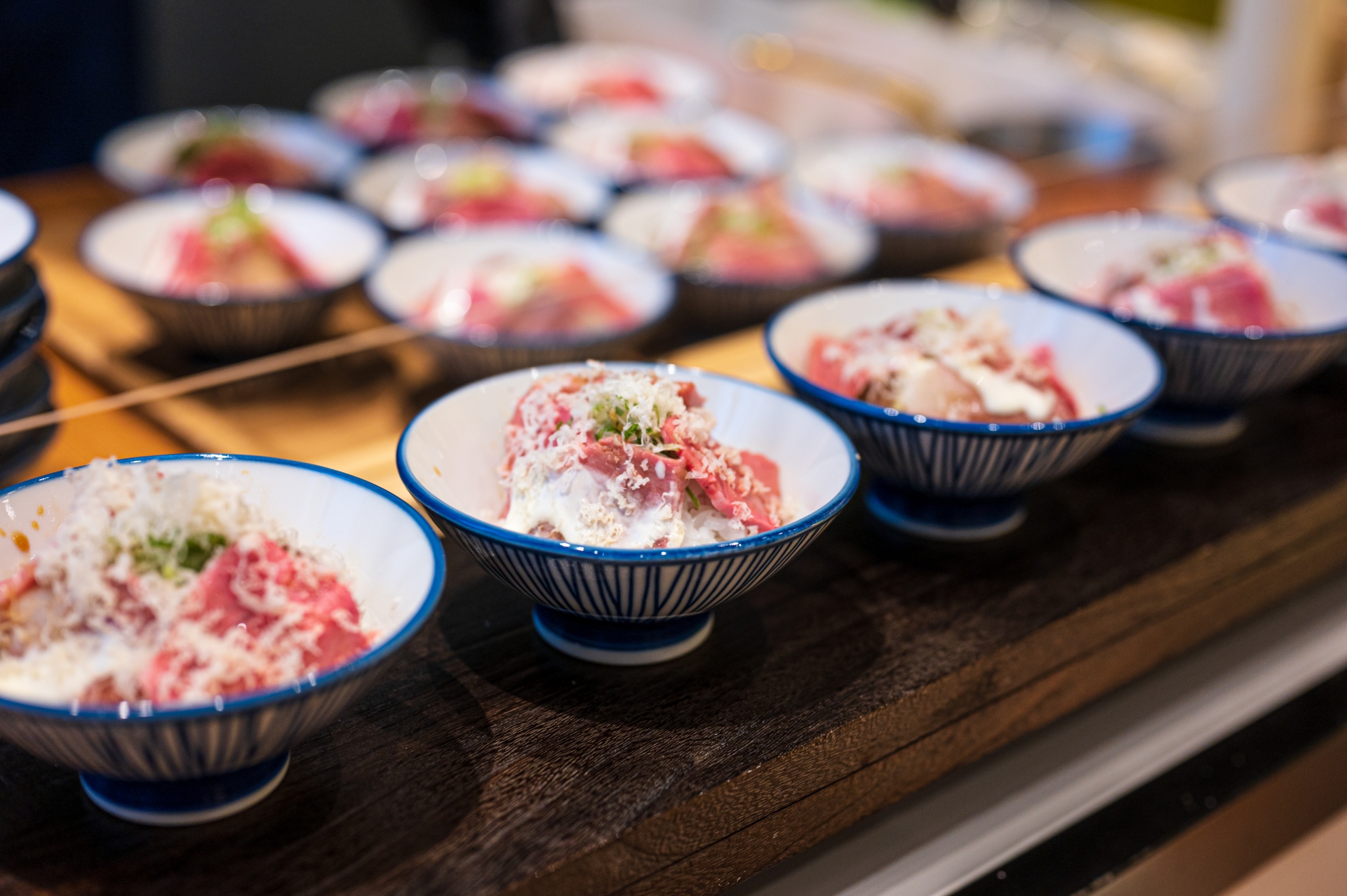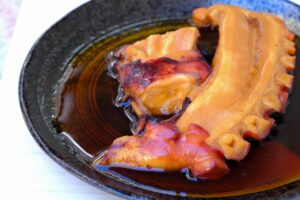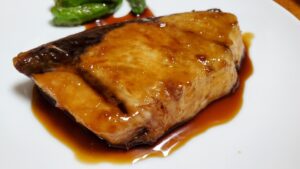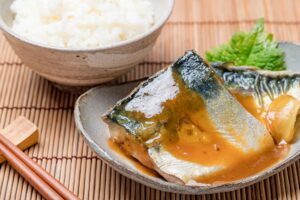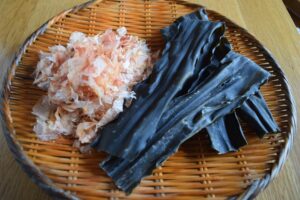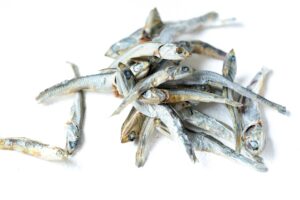Donburi, a staple in Japanese cuisine, offers a comforting and versatile dining experience with its myriad of toppings served over a bowl of rice. Whether you’re a food lover, an aspiring home cook, or planning a trip to Japan, understanding the world of donburi can enhance your appreciation of Japanese culture and cuisine. This article explores the different types of donburi, provides easy-to-follow recipes, and delves into the cultural roots and significance of this iconic dish.
What is Donburi?
Donburi, which literally translates to “bowl” in Japanese, is a versatile and popular dish in Japanese cuisine. It consists of a bowl of rice topped with various ingredients such as meat, seafood, vegetables, and eggs. Donburi is a staple in Japanese households due to its simplicity, ease of preparation, and the ability to incorporate a wide range of flavors and ingredients. Whether served as a quick lunch or a hearty dinner, donburi dishes are cherished for their comforting qualities. The dish holds cultural significance in Japan, often enjoyed during family meals and in local eateries.
Types of Donburi
Donburi dishes come in many variations, each with its unique combination of ingredients and flavors. This diversity reflects the regional specialties and culinary traditions across Japan. Understanding the different types of donburi can enhance your appreciation for this dish and inspire you to try or create your own versions.
Popular Donburi Varieties
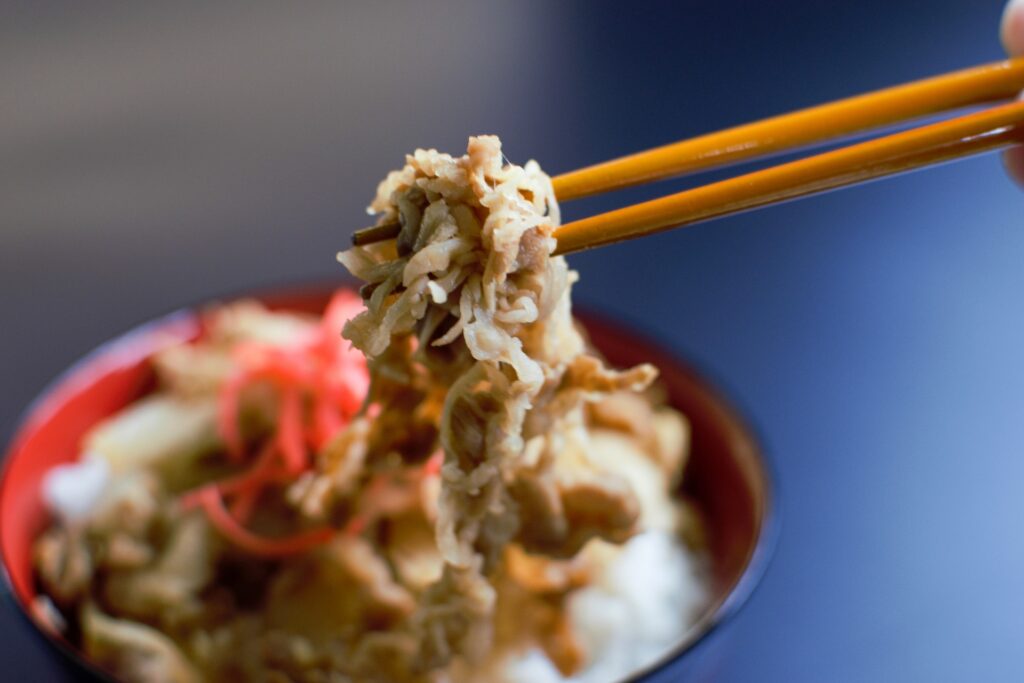
Some of the most popular donburi varieties include:
- Gyudon: A savory beef bowl featuring thinly sliced beef simmered with onions in a sweet soy sauce, served over rice.
- Katsudon: A comforting dish made of breaded and deep-fried pork cutlet (tonkatsu) cooked with eggs and onions, then placed over rice.
- Tendon: A delightful mix of tempura (battered and deep-fried seafood and vegetables) served atop a bed of rice, drizzled with a special dipping sauce.
- Unadon: A luxurious dish featuring grilled eel glazed with a sweet soy-based sauce, served over rice.
- Oyakodon: A classic chicken and egg bowl, where chicken is simmered with onions in a savory broth, then topped with lightly cooked eggs, creating a harmonious and comforting dish served over rice.
Each of these dishes showcases the diversity of donburi and offers a glimpse into the rich culinary culture of Japan.
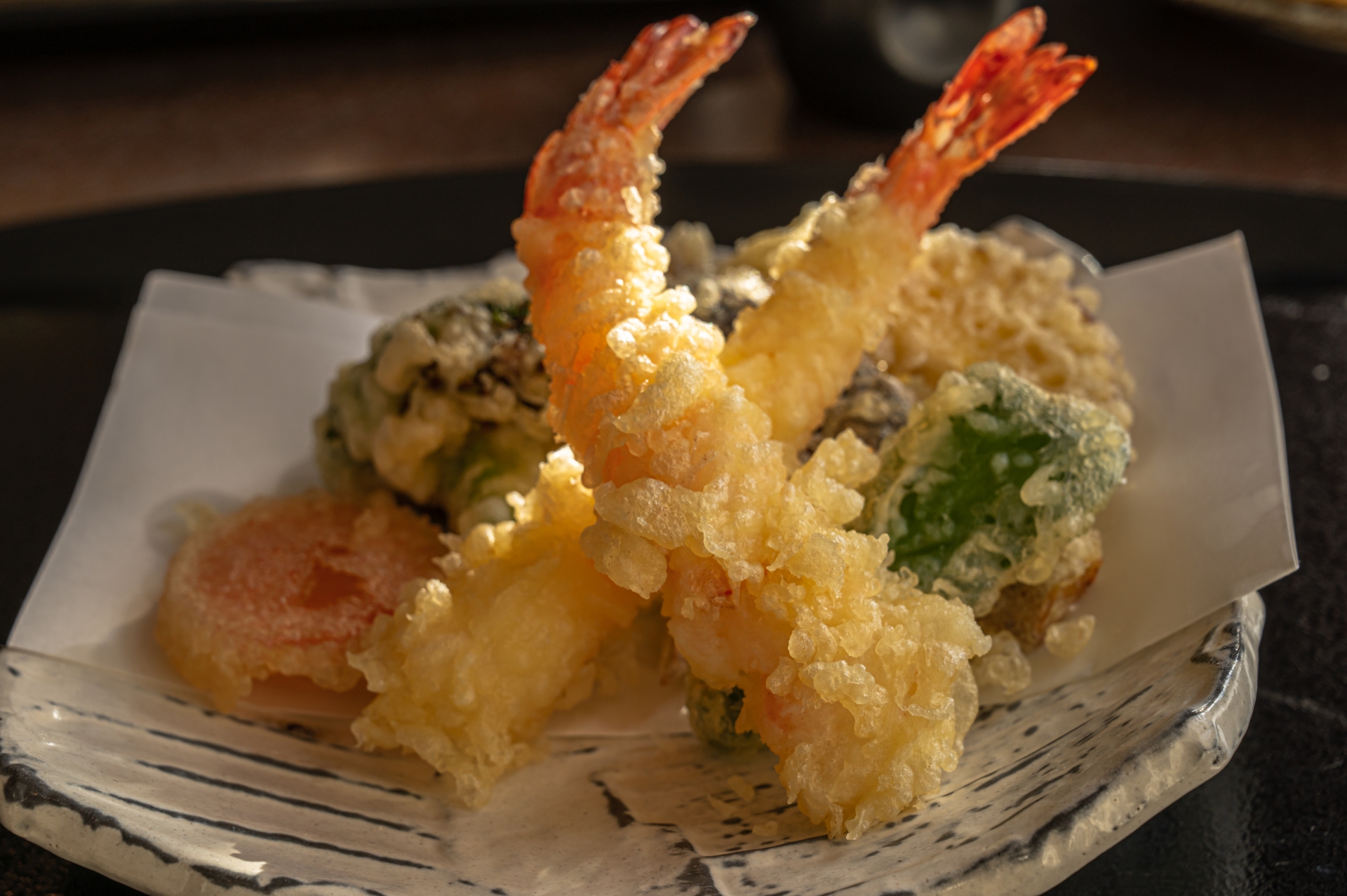
Regional Variations of Donburi

Donburi dishes vary significantly across different regions of Japan, with each area incorporating local ingredients and flavors into their versions of the dish. For example:
- Hokkaido’s Kaisendon: A seafood donburi featuring an array of fresh, local seafood like salmon, uni (sea urchin), and ikura (salmon roe), reflecting Hokkaido’s coastal bounty.
- Kyoto’s Yudofu Don: A vegetarian-friendly donburi made with soft tofu and vegetables, seasoned with a light dashi broth, embodying the simplicity and elegance of Kyoto cuisine.
These regional specialties highlight the importance of local ingredients and culinary traditions in shaping the diverse landscape of donburi dishes.
How to Make Donburi at Home
Making donburi at home is straightforward, and with a few essential ingredients and techniques, you can create a variety of delicious and authentic dishes. Here’s a basic guide to get you started.
Essential Ingredients for Donburi

To make a traditional donburi, you’ll need:
- Rice: Short-grain Japanese rice is the foundation of any donburi dish. It should be cooked until it’s fluffy and slightly sticky.
- Toppings: Depending on the type of donburi, toppings can include beef, pork, chicken, seafood, tofu, and vegetables.
- Sauces: Soy sauce, mirin, and dashi are common ingredients in the sauces that flavor donburi dishes.
Sourcing high-quality ingredients is key to achieving the authentic flavors of donburi. If you cannot find certain ingredients, there are substitutes that can work while still maintaining the essence of the dish.
Vegan and Vegetarian Donburi Options

Donburi is a flexible dish that can easily be adapted to vegan and vegetarian diets. Consider these plant-based alternatives:
- Tofu Donburi: Use grilled or simmered tofu as a protein-rich topping, paired with vegetables like shiitake mushrooms and spinach.
- Vegetable Tempura Donburi: Create a tendon-style donburi using a variety of tempura vegetables such as sweet potatoes, zucchini, and bell peppers.
These variations provide a satisfying and flavorful experience while catering to different dietary preferences.
The Cultural Significance of Donburi in Japan
Donburi is more than just a meal; it’s a reflection of Japanese culinary traditions and cultural values. The dish has evolved over centuries, adapting to changes in society while remaining a beloved comfort food.
History and Evolution of Donburi
The origins of donburi can be traced back to the Edo period (1603-1868), where it began as a simple dish served in food stalls. Over time, donburi evolved into a household staple, with regional variations and new ingredients introduced as Japan opened to the world. The evolution of donburi reflects the broader changes in Japanese society, including shifts in diet, economy, and cultural exchange.
Donburi in Japanese Pop Culture
Donburi has made its mark in Japanese pop culture, frequently appearing in anime, films, and television shows. These representations often depict donburi as a symbol of home and comfort, reinforcing its status as Japan’s ultimate comfort food. The presence of donburi in popular media also highlights its cultural significance and the deep connection many Japanese people have with this dish.

